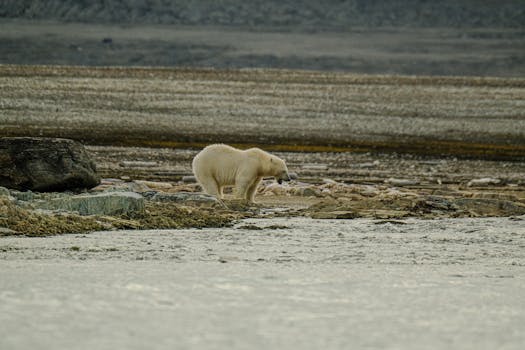
Introduction
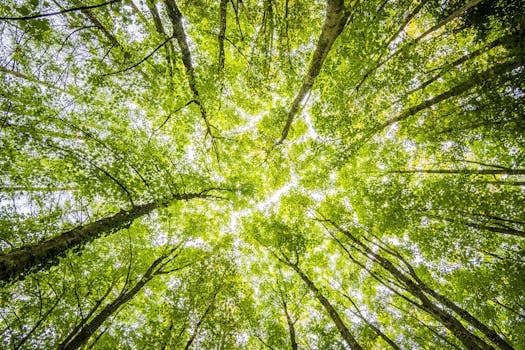
The impact of climate change on global ecosystems is a pressing issue that affects biodiversity, habitats, and the very fabric of life on Earth. As temperatures rise and weather patterns shift, ecosystems are being altered in profound ways. This article delves into the various dimensions of these changes and their long-term implications.
Section 1: Biodiversity Loss
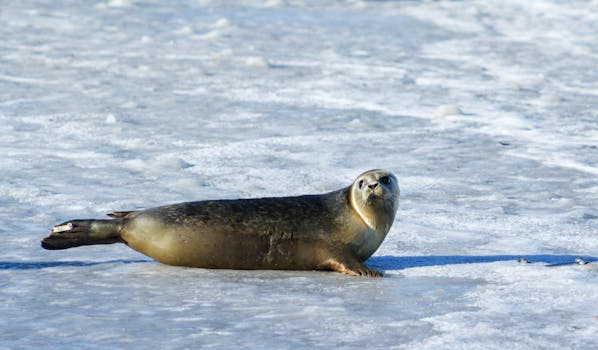
One of the most alarming impacts of climate change is the loss of biodiversity. Species that are unable to adapt to changing conditions face extinction. According to the Intergovernmental Panel on Climate Change (IPCC), a significant percentage of species are at risk as global temperatures continue to rise. This loss of biodiversity not only affects the species themselves but also disrupts ecosystem services that humans rely on, such as pollination and clean water.
Section 2: Habitat Alteration
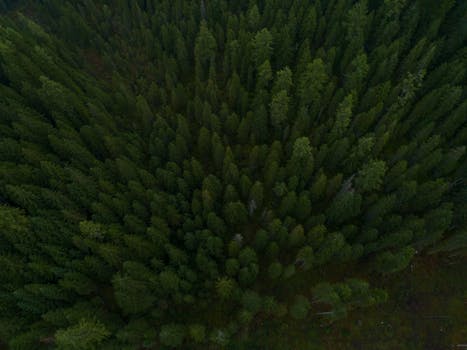
Climate change is leading to the alteration of natural habitats. For instance, warming oceans cause coral bleaching, which devastates marine ecosystems. Forests are also affected, with changing precipitation patterns leading to increased wildfires and pest infestations that can decimate tree populations. The alteration of habitats can lead to a shift in the composition of species within those ecosystems, further impacting their balance.
Section 3: Changes in Species Interactions
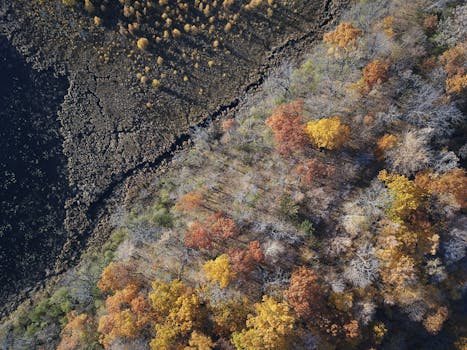
As ecosystems change, so do the interactions between species. Changes in temperature and humidity can affect migration patterns, breeding seasons, and food availability. Predators and prey may find themselves out of sync, leading to population declines. For example, if a predator’s prey breeds earlier due to warmer temperatures, the predator might not find enough food, which can lead to declines in both populations.
Conclusion
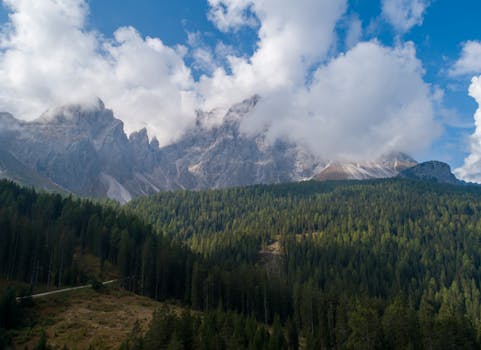
The impact of climate change on global ecosystems is a multifaceted issue with implications for biodiversity, habitat integrity, and species interactions. It is crucial for policymakers and individuals to take action to mitigate these effects and protect our planet’s ecosystems. By understanding these impacts, we can work towards a sustainable future that preserves the delicate balance of life on Earth.





